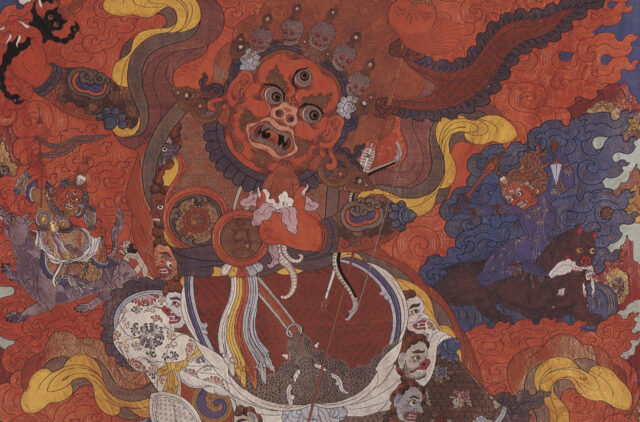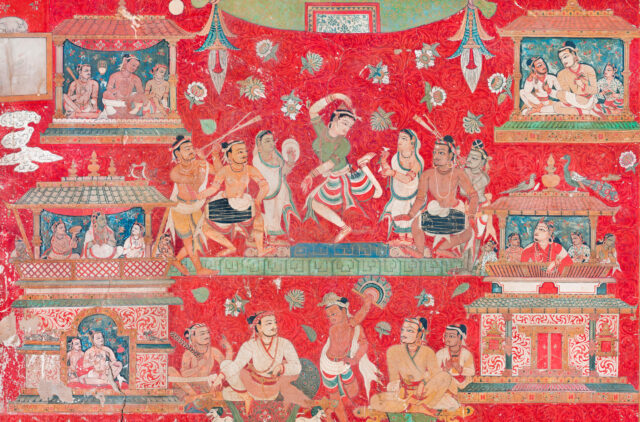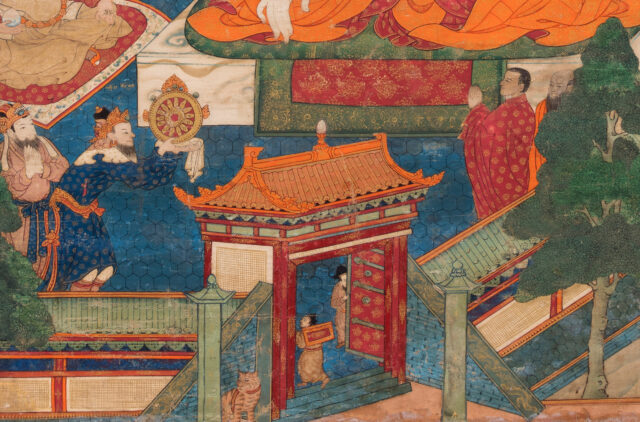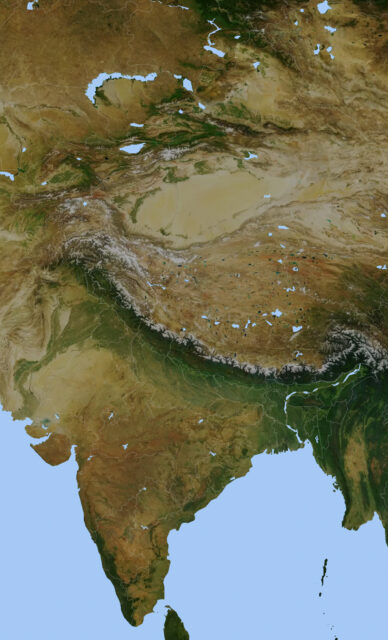Stay connected. Sign up for the Rubin Museum’s monthly newsletter to receive updates about upcoming exhibitions, programs, digital features, and more.
Subscribecaste
caste
Caste is a traditional system of social division in India and Nepal. The English word “caste” combines two Indic concepts. “Varna” refers to an ancient fourfold division of occupations into priests (brahmins), warriors, farmers, and laborers. In Nepal, the caste system is unique and applies to both Hindu and Buddhists. Like the Hindu brahmins, Buddhist Vajracharya priests and Shakyas are considered the highest caste among the Buddhists, with similar correlations to other social occupational groups. Udas or Uray caste is formed by hereditary merchants and artisans. They are known for their part in the development of industry, trade, arts and culture, and the trade with Tibet. The other ethnic groups traditionally existed largely outside of caste. The caste system was officially abolished in Nepal in 1963.



